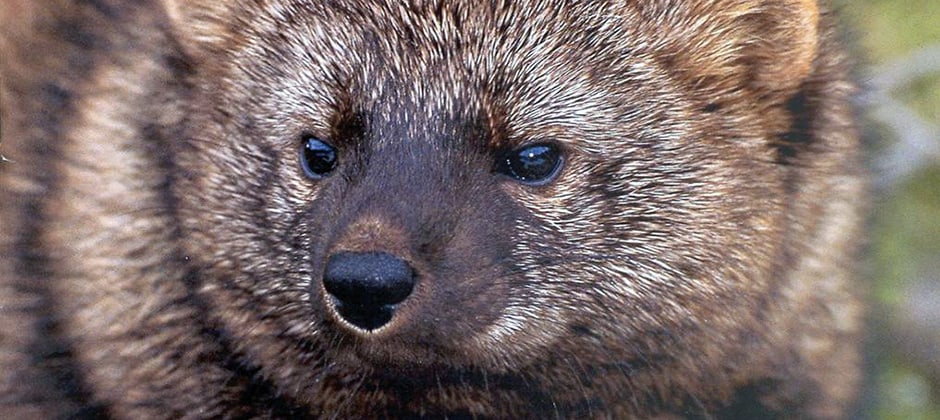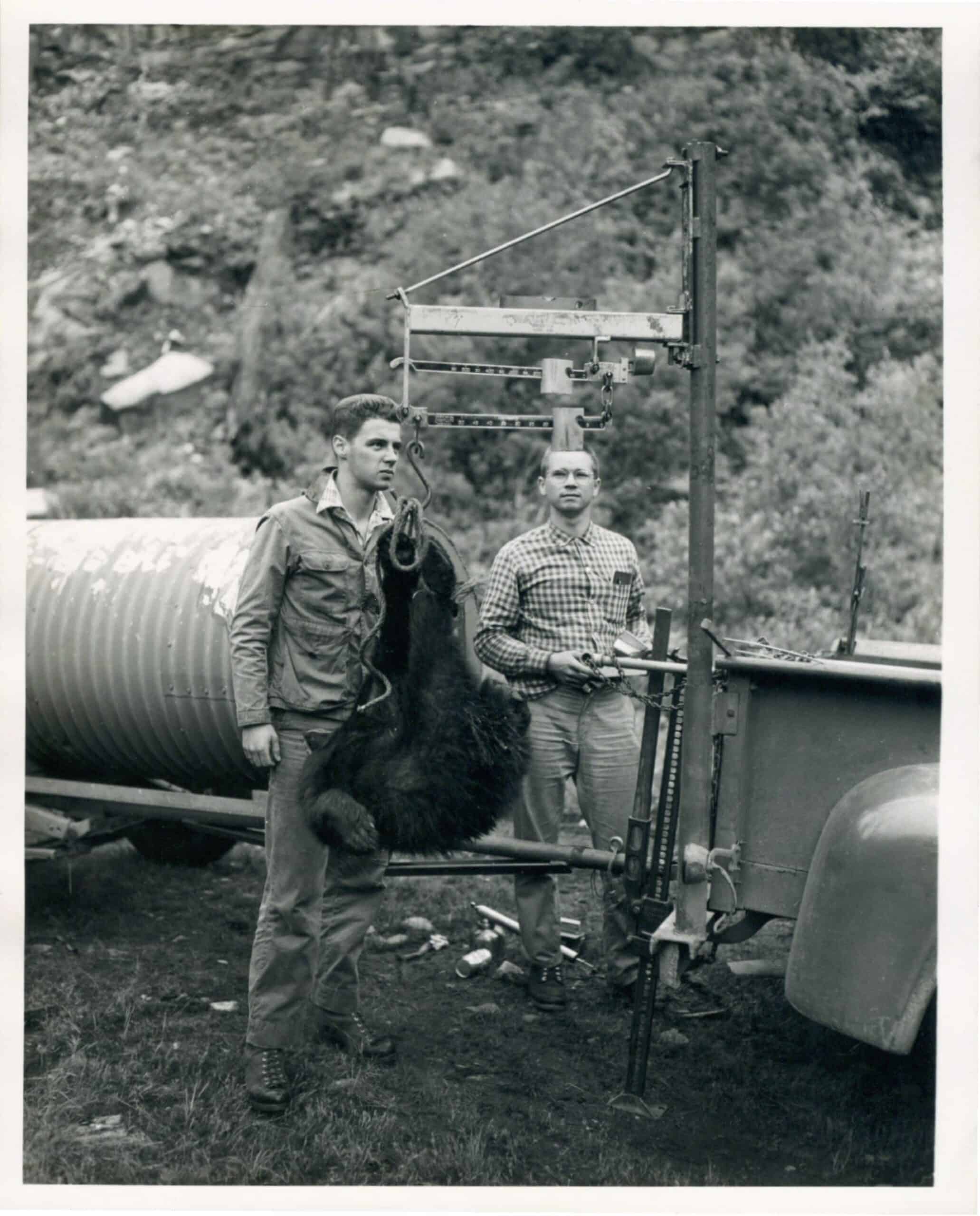Share this article
Southern Sierra Nevada region fishers listed as endangered
The U.S. Fish and Wildlife Service has added a distinct population of fishers (Pekania pennanti) in the southern Sierra Nevada Mountains of California to the list of endangered species under the Endangered Species Act.
The Service’s decision, which is effective June 15, designates fishers in the southern Sierra Nevada Mountains in California as a distinct population segment, separating it from a population in Northern California and southern Oregon, which will not be listed.
The Service first proposed listing fishers throughout Washington, Oregon and California as threatened in 2014. The agency withdrew that proposal in 2016, prompting a lawsuit by the Center for Biological Diversity. In accordance with the court order in that case, issued in 2018, the Service again proposed listing West Coast fishers as threatened.
This month’s final rule will instead split the fishers into two populations, and list only the southern distinct population segment under the ESA. The agency notes that it has reevaluated its approach since last year’s proposed rule based on public comments.
The Service indicated that many of these comments supported a “concept we presented in the 2014 Proposed Rule that outlined alternative DPSs based on recognizing the unique genetic characteristics within each subpopulation and allowing for separate management of these two population segments.” The agency also references existing voluntary conservation methods, which will continue.
Fishers face threats of habitat loss and fragmentation due to both high-severity wildfire and wildfire suppression, climate change, and tree mortality due to drought, disease and insects. The southern Sierra Nevada population of fishers “has recently experienced substantial loss of habitat and increase in habitat fragmentation following the 2012-2015 drought,” the Service’s listing decision says. “This period of drought and associated insect infestation, fire and tree mortality has resulted in a 39% decline in fisher foraging and denning habitat in the [population] in a period of 5 years.”
The data that the USFWS relied on in issuing this listing suggest that the southern Sierra Nevada fished population is likely to remain small or be reduced in the future, especially given that this population has the lowest average litter size for the species.
Header Image: Fishers in the southern Sierra Nevada Mountains will be listed as endangered under a new rule by the U.S. Fish and Wildlife Service. Credit: USFS Region 5








